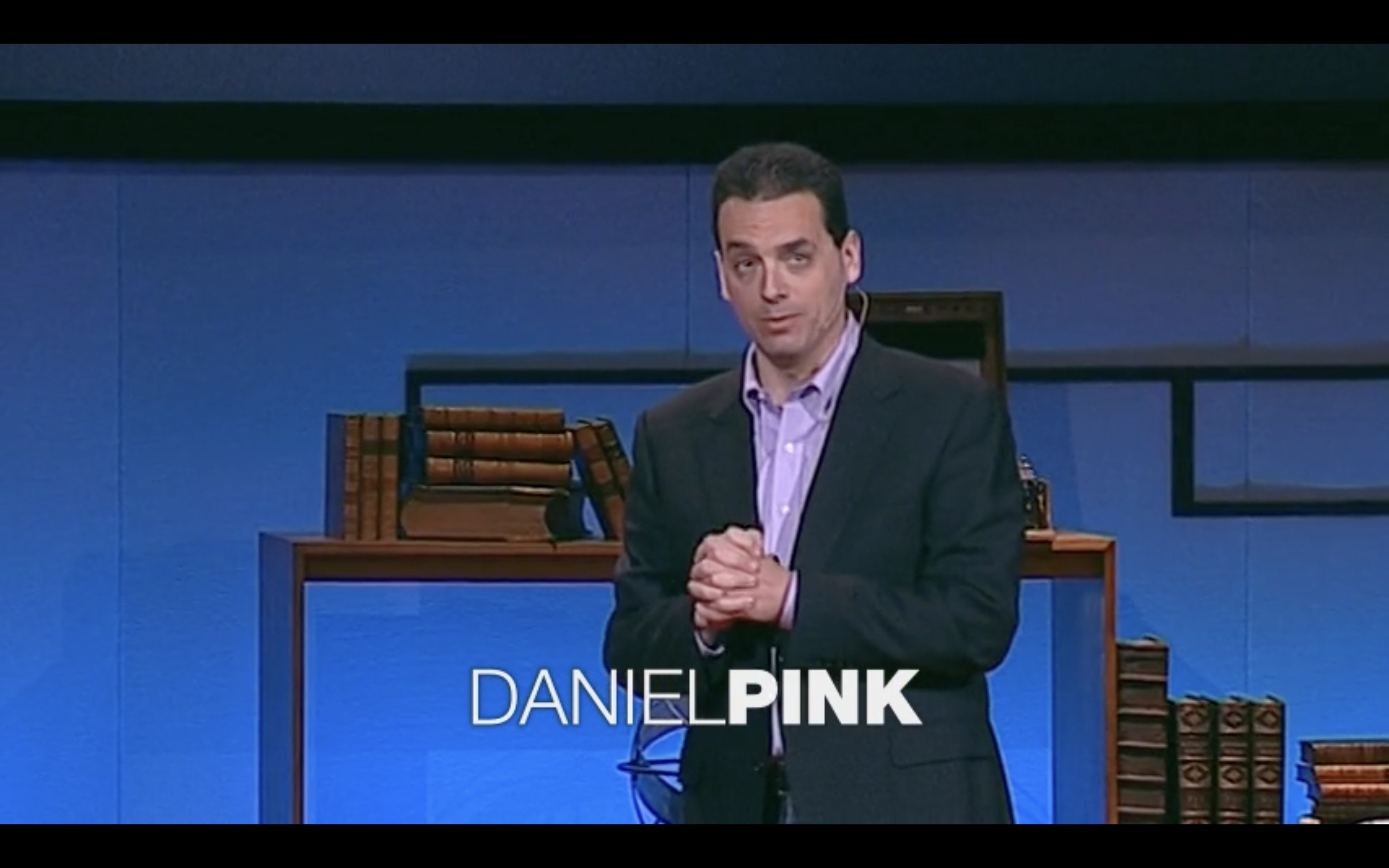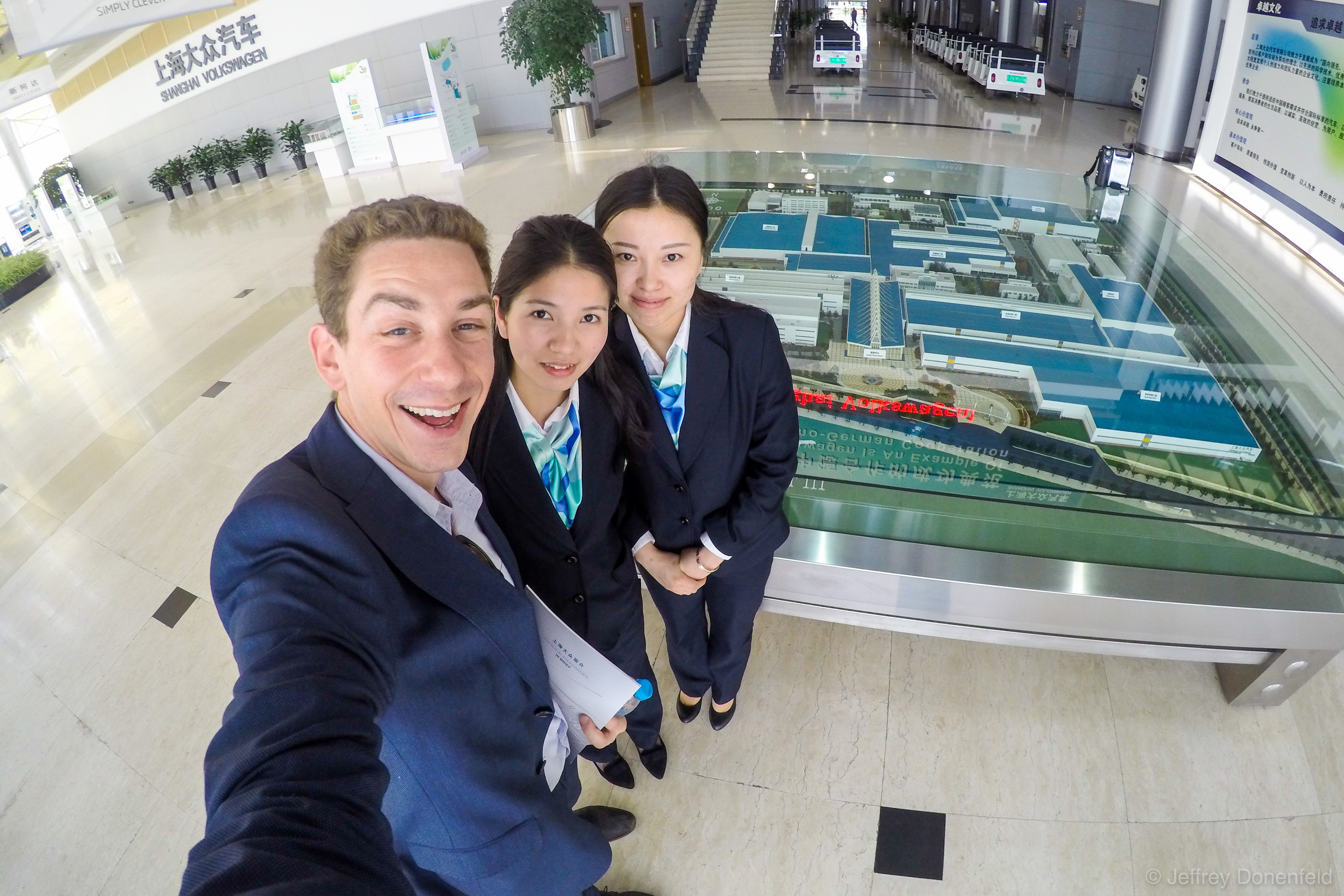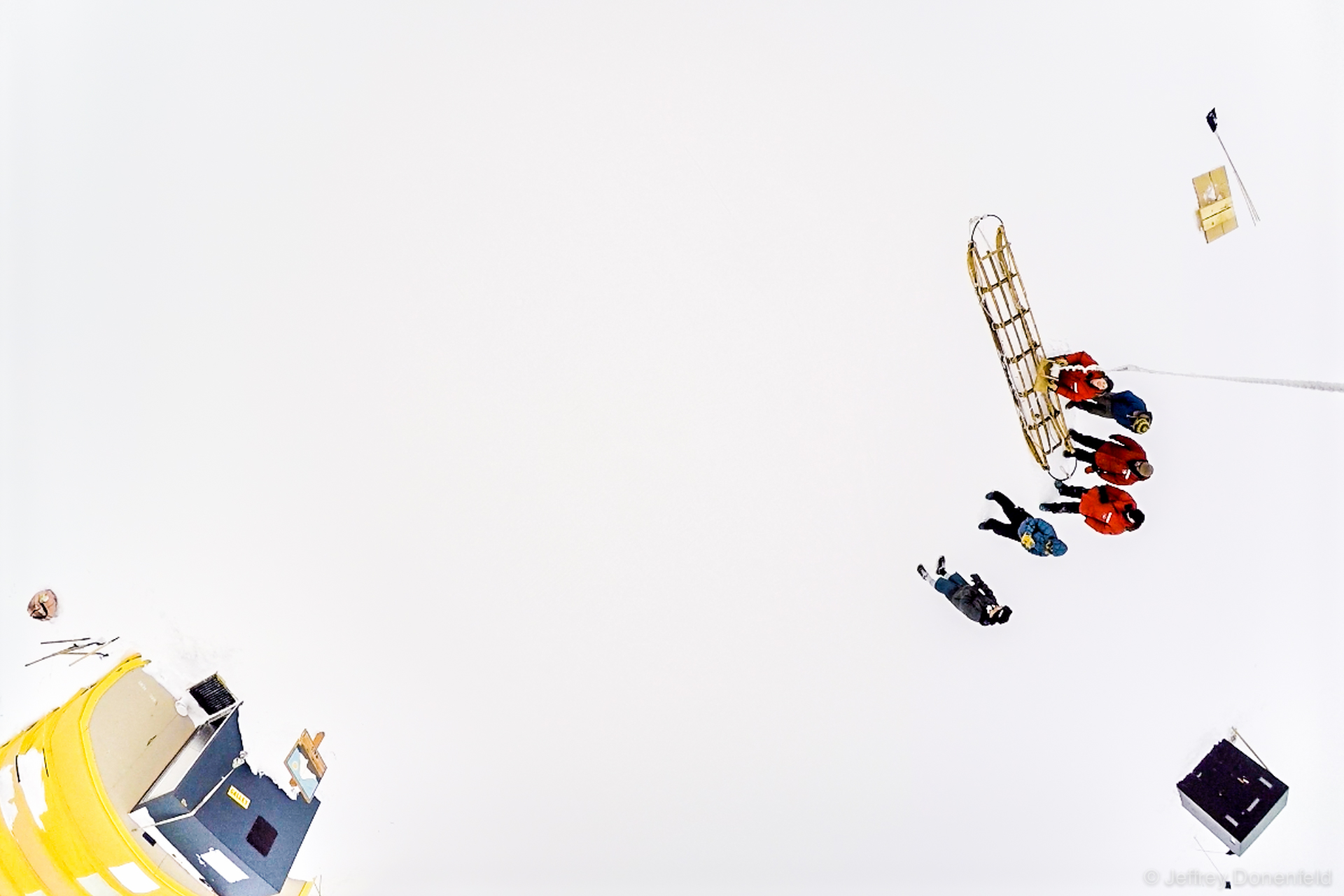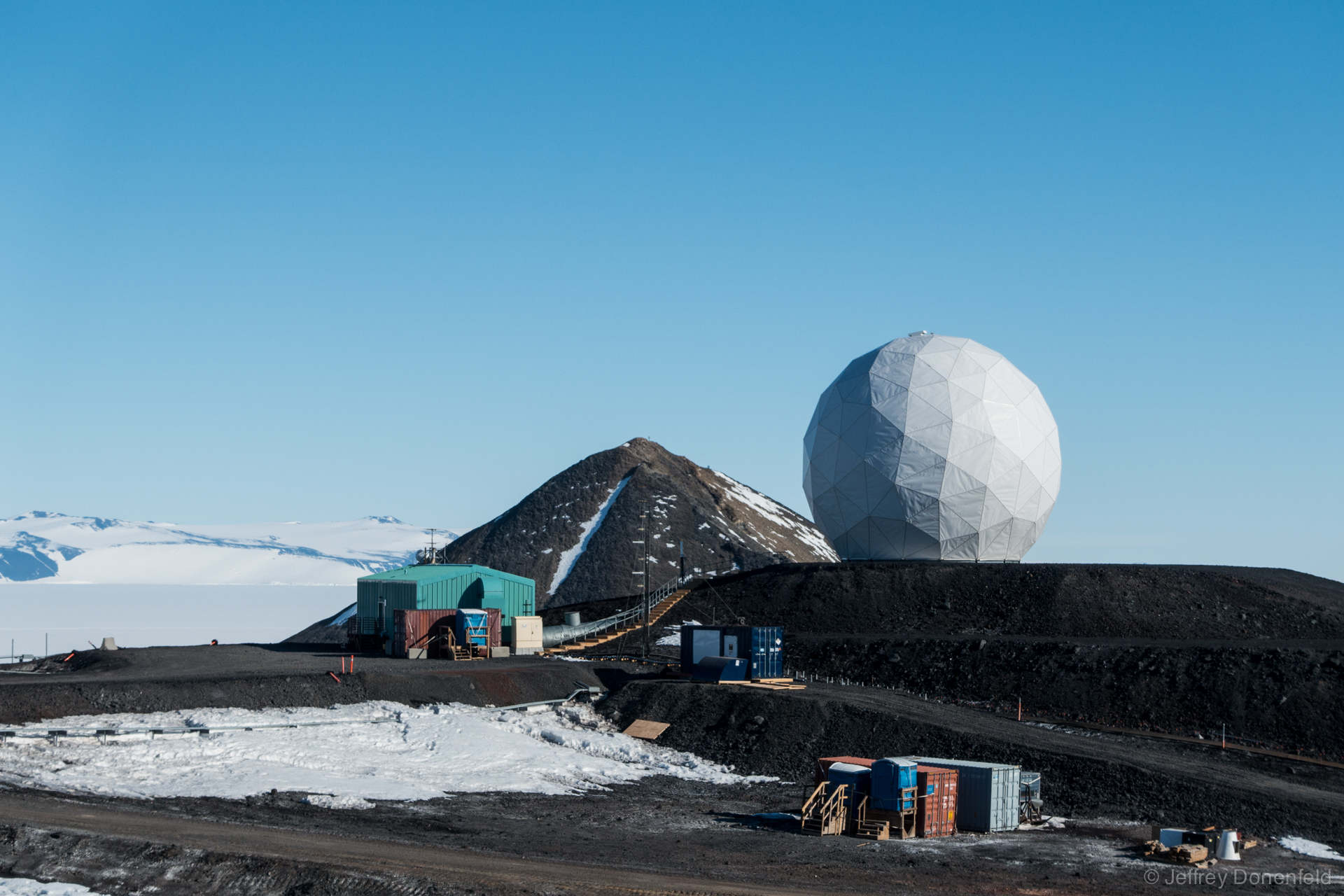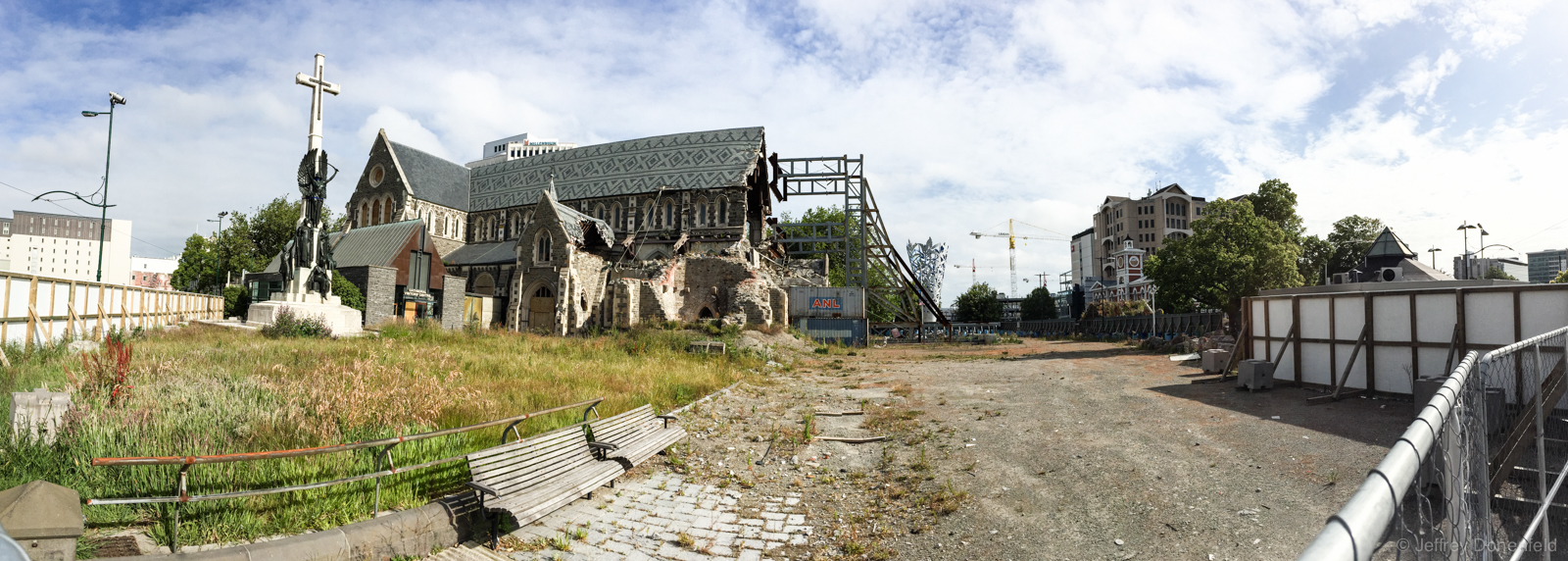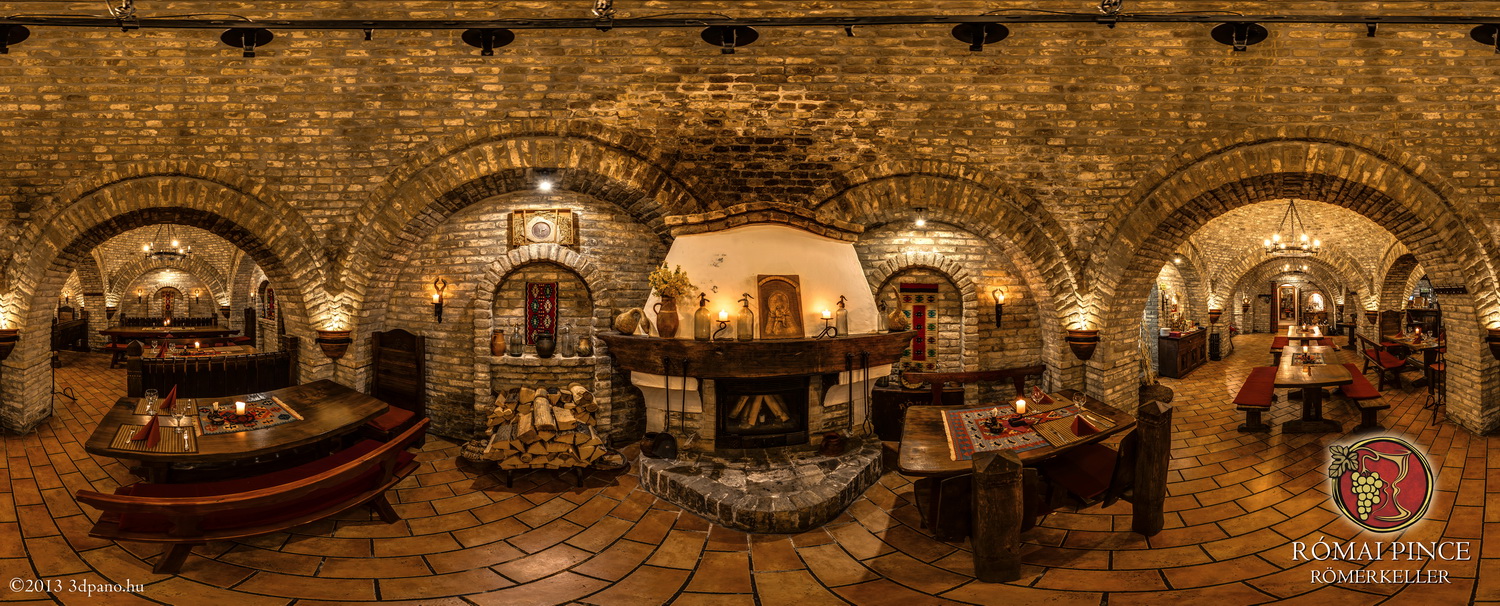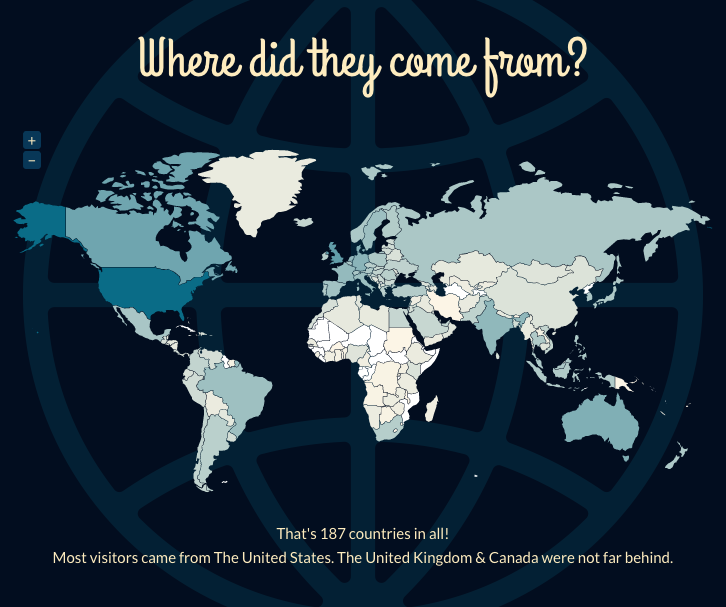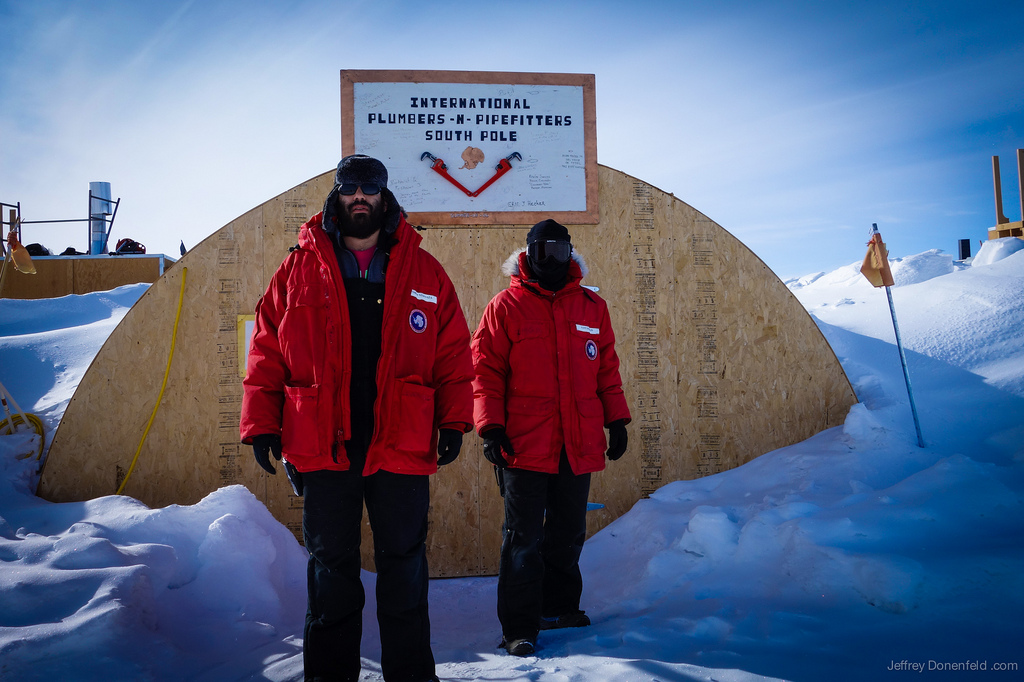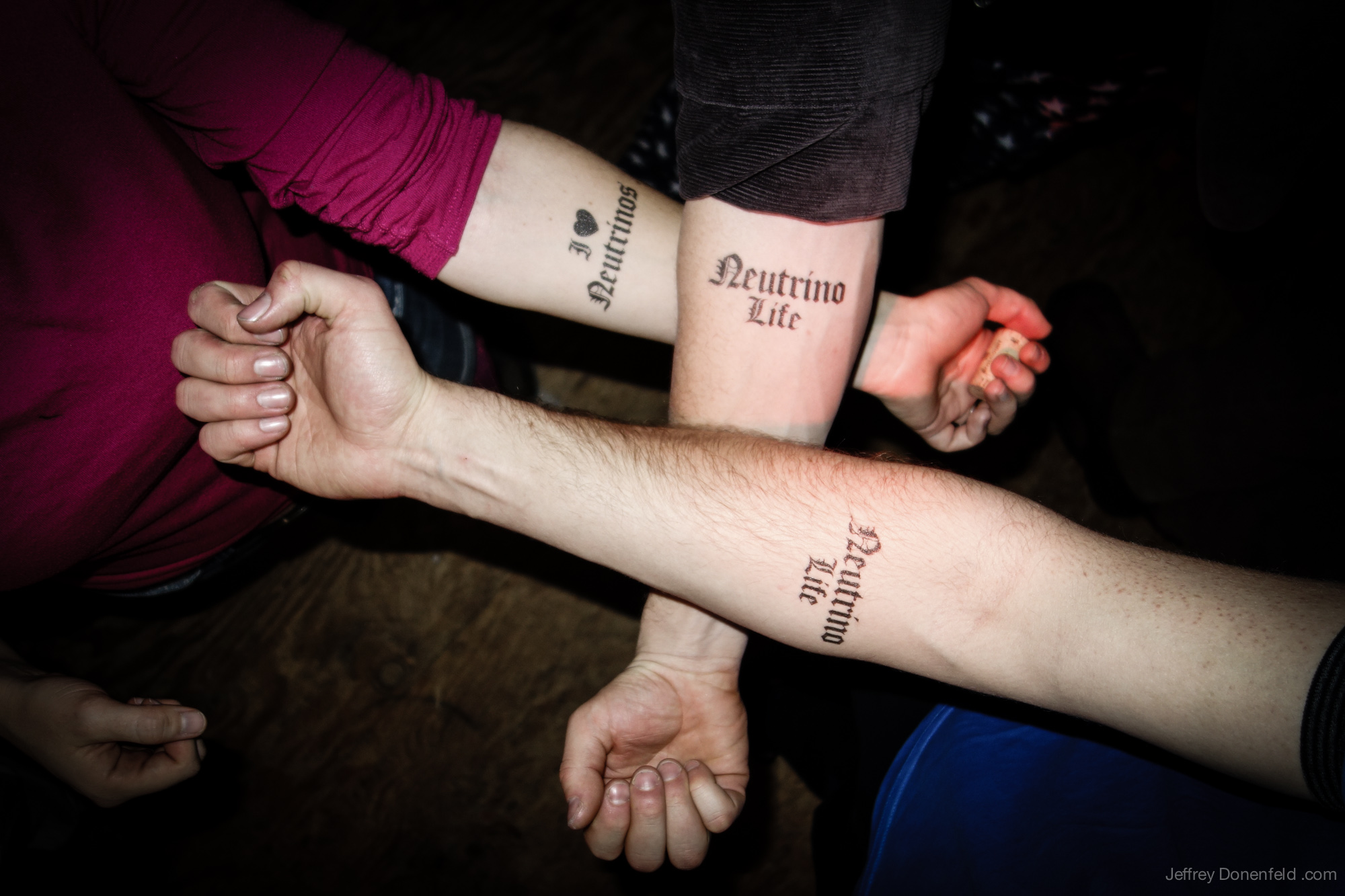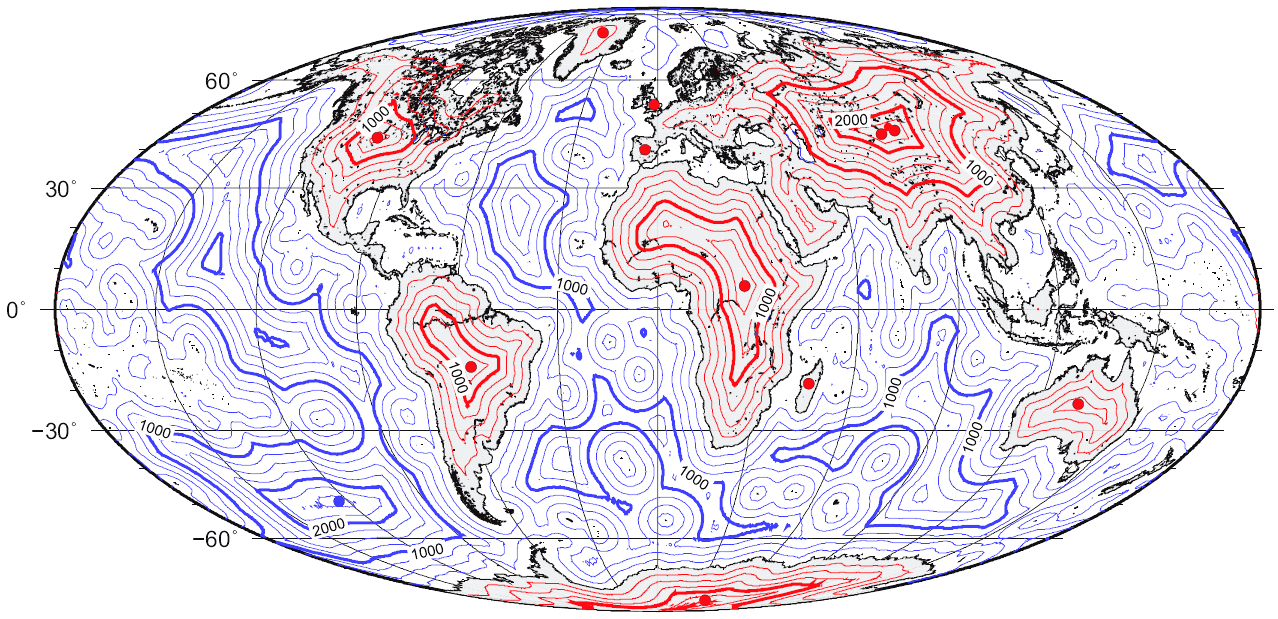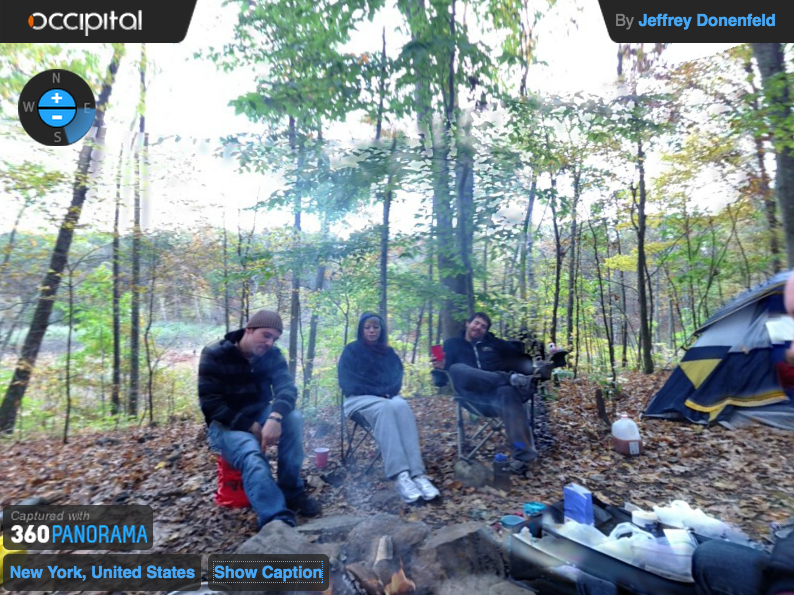|…|
-
Lunch in Kuala Lumpur, Malaysia – Claypot Chicken and Rice
–
On my way back from Macau to Sydney, I had a quick 8 hour layover in Kuala Lumpur, Malaysia. As soon as I got to the airport, I took the train into the center of town, and spent an afternoon walking around, and grabbing lunch. Here’s my quick trip.
-
Here’s Where China Makes Volkswagens – My Private Tour Of VW Car Plant #3
–
Lots of cars are made in China, including Volkswagen and Skoda. Showing up in a suit unannounced, I managed to talk my way into an unscheduled private tour of Volkswagen Shanghai Car Plant #3. Here’s how it all works: More on my explorations of Shanghai: Modern Ghost Towns, Racecars, and Skyscrapers in Shanghai
-
Exploration of North Korea – Successfull, Covered by NBC News
–
After spending a week in the DPRK – North Korea, I’ve finally landed safely back in Beijing. I ran the Pyongyang Marathon (personal record – 3:36:55), visited the north side of the DMZ, and saw in person the bodies of Kim Il Sung and Kim Jong Il, among many other amazing and weird experiences. Full…
-
Launching the WAIS AERIAL CAMP PHOTOGRAPHIC SURVEY INSTRUMENT (WACPSI)
–
During a down moment at WAIS, I built and aereal vehicle for my GoPro, with the hopes of getting aerial video of field camp. The WAIS Aerial Camp Photographic Survey Instrument (WACPSI) was made out of foam. Some of its design features: Lightweight, protective, and insulating foam body. Integrated aero-wedge frontal shock-absorbing nosecone. Vertical stabilizer with…
-
Tracking Satellites in McMurdo at NASA’s Near Earth Network Ground Station
–
One of the more interesting facilities at McMurdo station is NASA’s NEar Earth Network Ground Station. The facility is comprised of a server and management office in McMurdo proper, as well as a large satellite dish, covered with a radome, on the edge of Arrival Heights, just outside of town. From NASA: October 3, 2014…
-
Exploring Christchurch, New Zealand
–
During transit to Antarctica, I had a brief afternoon of free time in Christchurch, New Zealand. Amidst a few errands, here are three shots taken from around town:
-
Faust Wine Cellar, Budapest, Hungary
–
Faust Wine Cellar to your Budapest, Hungary – www.gbwine.eu Thanks Amanda Lusty!
-
The HAM Radio Shack – Talking To The World From KC4AAA At The South Pole
–
Buried deep within the B1 Emergency Pod at the Amundsen Scott South Pole Station is the emergency communications booth – inside, there is a complete set of backup comms equiptment, capable of operating completely independently from the rest of the station in the event of a catastrophic loss. In addition to backup gear, there is…
-
My Year In Blogging: 2012
–
Thanks to WordPress’ new Jetpack module, which helps connect self-hosted wordpress.org blogs to wordpress.com’s online services, I now have a complete set of stats for my blog. The stats were turned into an infographic, representing some interesting data about my site. Check out the report. Too bad Antarctica isn’t represented on the map.:)
-
South Pole’s Plumbing Shop
–
On the ice at the South Pole, we’re as self sufficient as we possible can be. When something breaks, somebody’s gotta fix it. A few days ago I went with a few friends to check out the south pole’s plumbing supply shop – this place houses everything to fix all levels of plumbing disaster –…
-
Going Out in South Pole Style
–
Yes, on weekends here at the south pole, we like to relax a bit, hang out with friends, and party. Often times party spots are at field camps, and to get there, we usually walk. Sparing most of the details, here’s a quick stop at the pole on my way out to the SuperDARN experiment…
-
The Southern Pole Of Inaccessibility
–
Since moving to the south pole, I’ve learned an incredible amount of new terms to describe the area around where I’m living. One such term is “Pole of Inaccessibility”. From Wikipedia: The southern pole of inaccessibility is the point on the Antarctic continent most distant from the Southern Ocean. A variety of coordinate locations have…
-
Hanging out in Boulder, CO
–
The past few weeks as I’ve prepared to depart for Antarctica, I’ve been hanging out with family in Boulder, Colorado. A few pics from our adventures.. Hiking the Mt. Sanitas Valley Trail Sampling Chilis at the Boulder Farmers Market Walking around CU Campus
-
First Snow, North Boulder Park
–
The season’s first snow in Boulder, Colorado. Peaceful after midnight in the park, before morning tracks… See this image in my Flickr Photostream.
-
CU Buffs Charging Station
–
A sure sign of the times – CU has installed small charging station stands all over campus. Now all they have to do is upgrade them with Lightening connectors…
-
Good Evening from The Gunks, NY
–
What a wonderful way to end a day of climbing… Sunset on the cliffband, now onto dinner by the campfire… See this image in my Flickr Photostream.
-
One Year Ago Today: Apple Picking
–
One year ago today, I was apple picking with friends at Minard Farms in Clindondale, NY. And in a few weeks, we’ll be doing it again. Look forward to a whole new set of apple picking photos!
-
Today, 9 years ago
–
On this day in 2003, I was mountain biking the Switzerland Trail outside of Boulder, Colorado.
